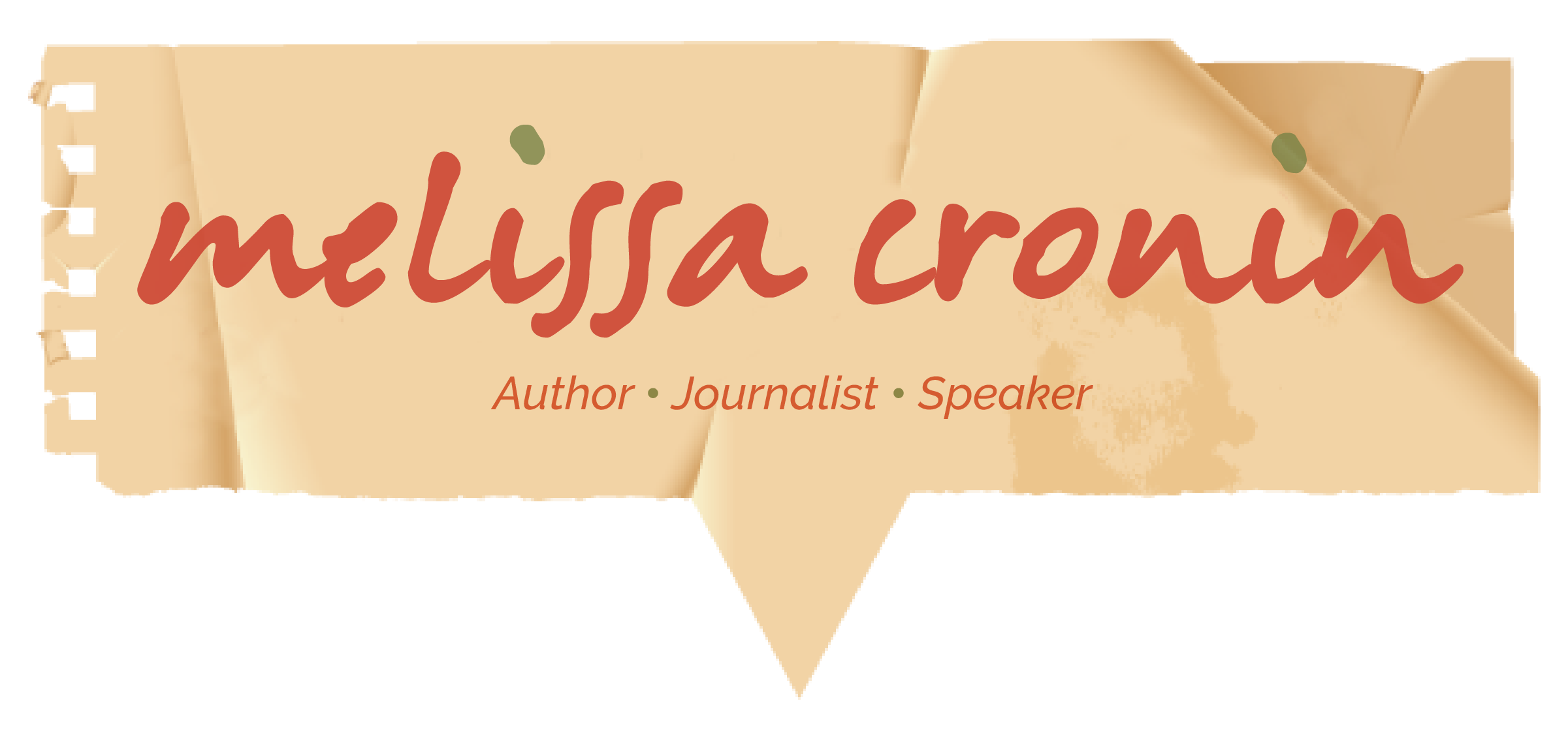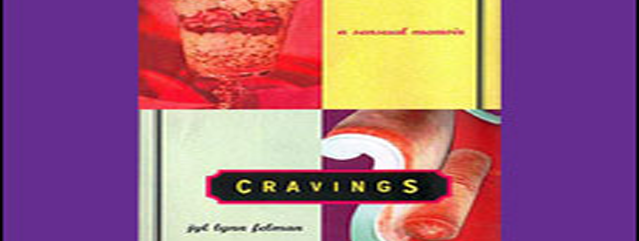Memoir: Past versus Present Tense Telling of a Past Event
When writing about a past event in the present tense, how does the author manage to control the narrative? In other words, how do readers know when the author is speaking from the present of the past versus the present of the now? It is usually much later when we are able to reflect mindfully on a past event, say, pose rhetorical questions and conjure answers about what happened. So how does the author insert reflection, or what Sue William Silverman calls the voice of experience – the metaphors for instance – in to the present tense telling of a past event?
In Jyl Felman’s memoir, Cravings, she predominately writes in the present tense with brief shifts into the past tense. She employs transitional phrases or words to indicate place and time:
“Every February until she’s too sick.”
“When we are growing up.”
“Ten years later.”
“Right before their fortieth wedding anniversary (14, 15, 18, 26).”
This is how Felman controls the overall architecture of the narrative, and the shifts between the actual now, the past, and the future. For the most part, Felman doesn’t fully step out of the present telling of the past and reflect. Rather, the reflective moments are embedded within the scenes of present tense narration. For example, in the chapter, Hyperventilation, she shows us, through scene, how her mother washes her mouth out with soap for swearing, and how she makes herself hyperventilate and needs to go to the hospital. It’s almost like a listing of events – this happened, then this happened. But intertwined is the voice of experience – metaphorical phrases – such as her descriptions of the process of passing out and how she feels like she’s suffocating. In effect, Felman is saying she needs time out from her family. We also hear the reflective voice in her telling of how she realizes the dysfunction in her family, and that she’s unhappy but no one notices (81-90). Foods, her mother’s recipes, and Jewish tradition – threads throughout the narrative – are also metaphors – the voice of experience – in the book. Felman successfully floats these within the present telling of the past.
She does revert to past tense when telling us more about her sister Judy: her anorexia, stealing, etc. It is in these passages where we gain more insight into the family dynamics – there seems to be a greater sense of interiority here. When Felman returns to the present telling of the past, again, it’s a listing of events. There’s a fast paced feeling about it – no lingering. The present tense telling has a way of building tension. There’s almost a rhythmic quality to the way Felman narrates about Judy in those pages: Judy is lost, her father finds her, Judy’s in Seattle, she’s married then divorced, and so on. At the end of the memoir, Felman does reflect from the real present into past moments. But, again, it is the precise phrases that help us know where we are: “It’s two years since she died, only the memories live in my body (187, 188).”
Here is a list of other memoirs written in the present tense: The Kiss by Kathryn Harrison Another Bullshit Night in Suck City by Nick Flynn, The Accidental Buddhist by Dinty W. Moore. Blackbird by Jennifer Lauck, When Katie Wakes by Connie Mayfowler, Because I Remember Terror Father, I Remember You by Sue William Silverman, Love Sick by Sue William Silverman
Citations: Felman, Jyl Lynn. Cravings: a Sensual Memoir. Boston: Beacon, 1997. Print.


Recent Comments